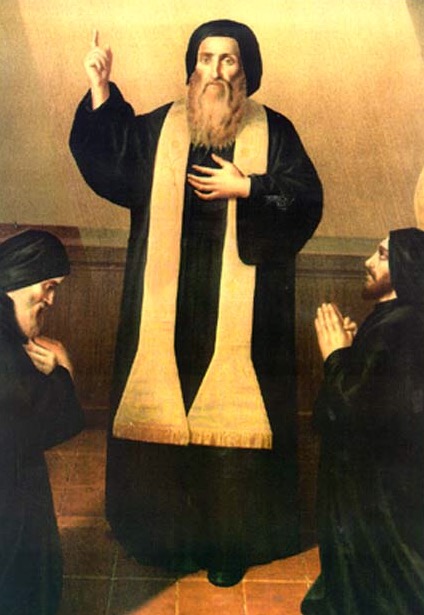St Sarkis & St Bakhos
ST SARKIS (SERGIUS) AND ST BAKHOS (BACCHUS) HISTORY
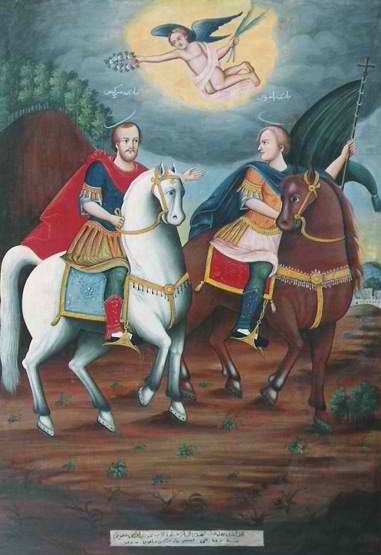
Sergius and Bacchus were very popular throughout Late Antiquity, and churches in their honour were built in several cities, including Constantinople and Rome. The close friendship between the two is strongly emphasized in their hagiographies and traditions, making them one of the most famous examples of paired saints. The saint’s story is told in the Greek text known as The Passion of Sergius and Bacchus. The story is ostensibly set during the reign of Roman Emperor Galerius (305 to 311).
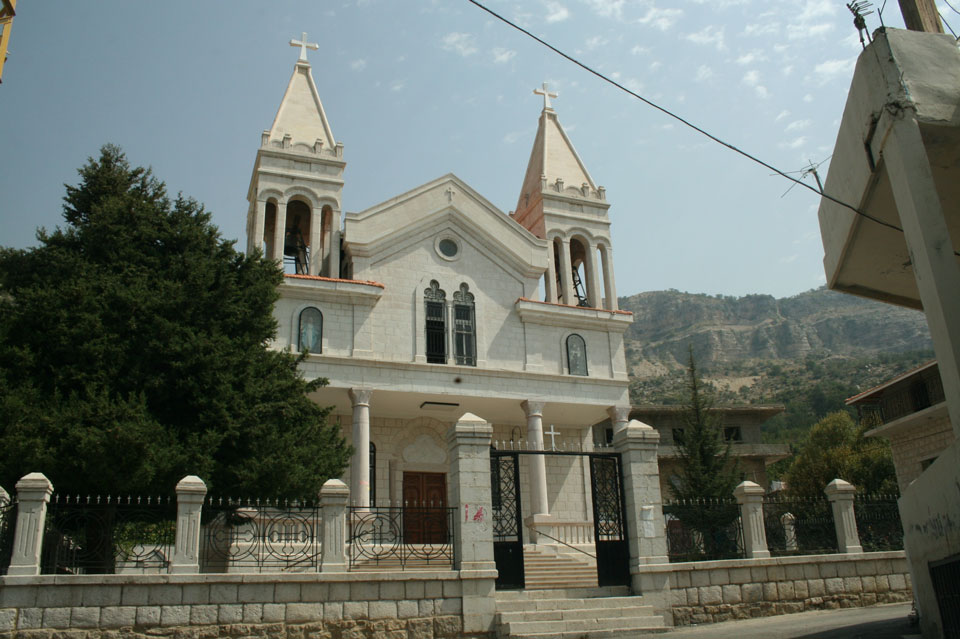
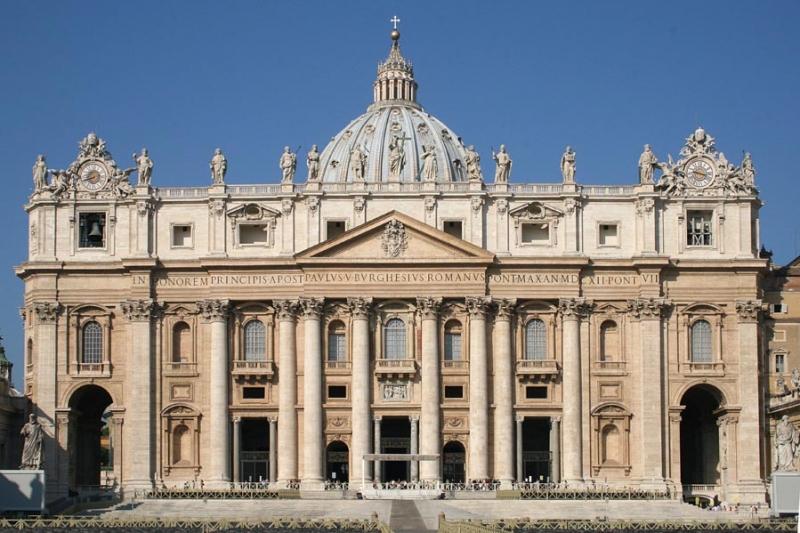
MARONITE HISTORY
OVERVIEW
St Maroun “The Little Lord” was a 4th century Catholic Priest and Hermit whose followers, after his death, founded a Catholic movement that became known as the Catholic Maronite Church. The Catholic community which grew from this movement are the Catholic Maronites.
St Maroun was born around 350AD in Cyrrhus, a small town near Antioch, Syria, was a Priest who later became a Hermit, retiring to the mountain of Taurus in the region of Cyrrhus. His holiness and miracles attracted many followers and drew attention throughout the empire.
St Maroun embraced a life of quiet solitude and was known for his simplicity and his extraordinary desire to discover God’s presence in all things.
St Maroun is often portrayed in a black habit garment with a hanging stole, accompanied by a long crosier staffed by a globe surmounted with a cross. His feast day is celebrated on February 9.
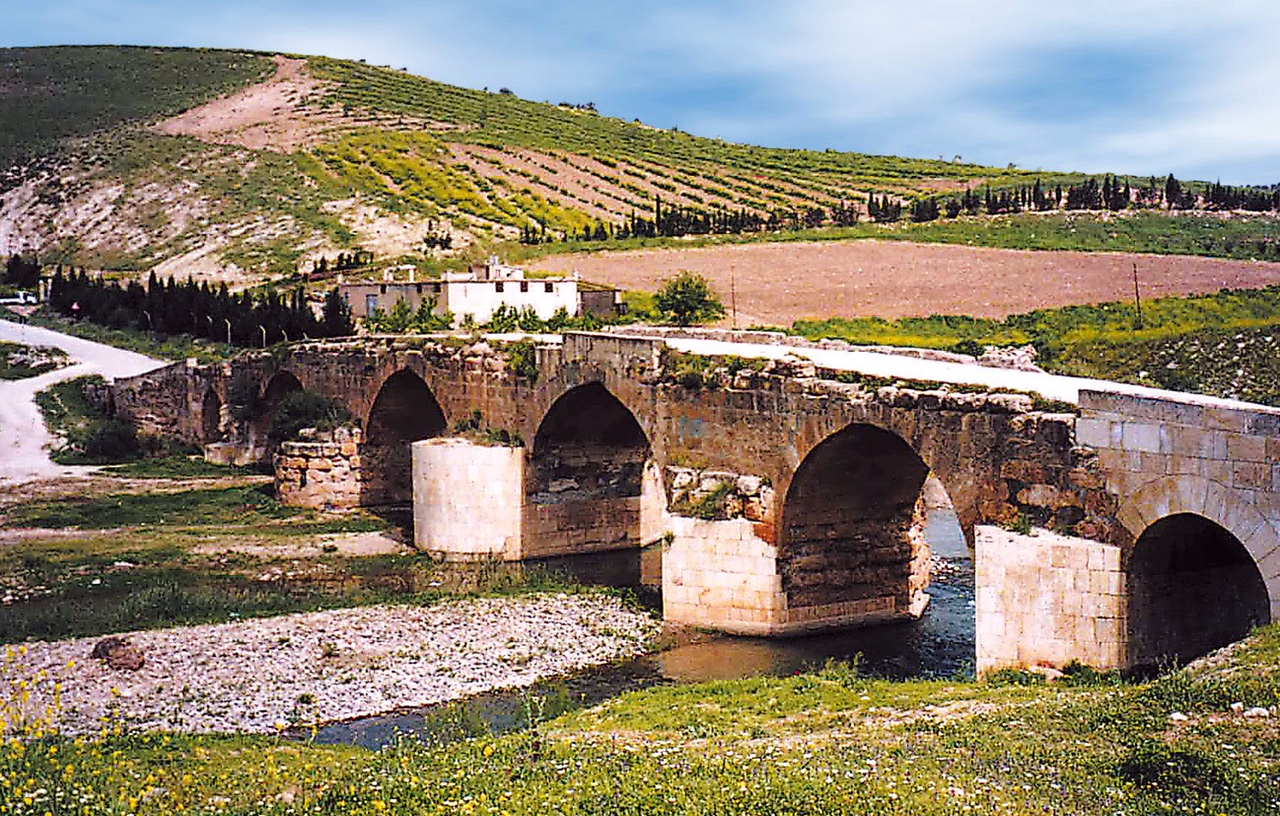
MONASTIC SPIRITUALITY
St Maroun’s way was deeply monastic with emphasis on the spiritual and ascetic aspects of living. For St Maroun, all was connected to God and God was connected to all. He did not separate the physical and spiritual world and actually used the physical world to deepen his faith and spiritual experience with God.
St Maroun was able to free himself from the physical world by his passion and fervour for prayer and enter into a mystical relationship of love with God. He lived his life in the open air and spent his time in prayer and meditation exposed to the forces of nature such as sun, rain, hail and snow.
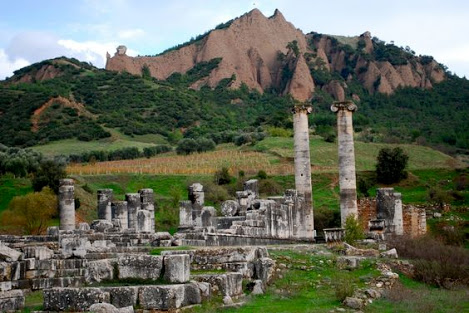
MISSIONARY
St Maroun was a mystic who started this new ascetic-spiritual method that attracted many people in Syria and Lebanon to become his disciples. Accompanying his deeply spiritual and ascetic life, he was a zealous missionary with a passion to spread the message of Christ by preaching it to all he met. He sought not only to cure the physical ailments that people suffered, but had a great quest for nurturing and healing the “lost souls” of both non-Christians and Christians of his time.
This missionary work came to fruition when in the mountains of Syria, St Maroun was able to convert a temple into a church. This was to be the beginning of the conversion to Christianity in Syria which would then influence and spread to Lebanon. After his death in the year 410AD, his spirit and teachings lived on through his disciples.
The Catholic Maronite faith reached Lebanon when St Maroun’s first disciple, Abraham of Cyrrhus, who was called the Apostle of Lebanon, realised that there were many non-Christians in Lebanon and so he set out to convert them to Christianity by introducing them to the way of St Maroun.
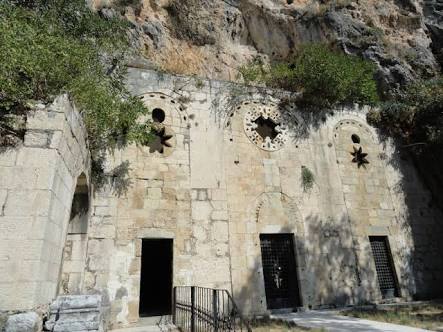
THREE SOURCES
We have three available sources regarding St Maroun’s Life. The first and most detailed source is from his biographer, Theodoret of Cyrrhus, who wrote “A history of the Monks of Syria” in the 5th century. The second is from St John Chrysostom, the “Golden Mouth”. The third is the Catholic Maronite Liturgy and the first Catholic Maronites:
1) Theodoret of Cyrrhus
Theodoret explains that pagans previously worshiped on the hill. St Maroun converted the hill to a place of Christianity and his “soul received the words of the Gospel.” He chose the “poverty of Christ over the riches of this world.” His asceticism (a life of abstinence) was also marked by a continued attachment to people. They came to him and St Maroun prayed and healed “not only the infirmities of the body, but applied suitable treatment to souls as well.” He set examples of chastity, prayer, meditation, labor and of course love. St Maroun example inspired many disciples, both men and women.
2) St John Chrysostom
The other source we have about St Maroun is St John Chrysostom. While in exile, and during one of the most difficult times of his life, St John Chrysostom wrote to St Maroun and asked him to pray for him. Below is an extract of the letter:
“Dear Maroun, we are bound to you by love and interior disposition, and see you here before us as if you were actually present. For such are the eyes of love; their vision is neither interrupted by distance nor dimmed by time… we address ourselves to your honour and assure you that we hold you constantly in our minds and carry you about in our souls wherever we may be… please pray for us.”
3) the Catholic Maronite Liturgy and the first Catholic Maronites
After St Maroun’s death, a great monastery was built in Syria in 452AD called Beit Maroun and the monastery flourished. However, from the 6th century, things became dangerous for the first Maronites and they were persecuted for their obedience to the Catholic faith and the Council of Chalcedon. In the year 517AD, 350 Catholic Maronite Monks were killed.
The Catholic Maronites, elected their first Patriarch, St John Maroun in the year 685AD. He was affirmed by Pope Sergius I, highlighting that the Catholic Maronite Church was in communion with Rome since the beginning.
In 694AD, 500 Catholic Maronites were killed and by 938AD Beit Maroun was completely destroyed and the Maronite Patriarch fled to the Mountains of Lebanon. The persecution resulted in many Catholic Maronites migrating from Syria to Mount Lebanon.
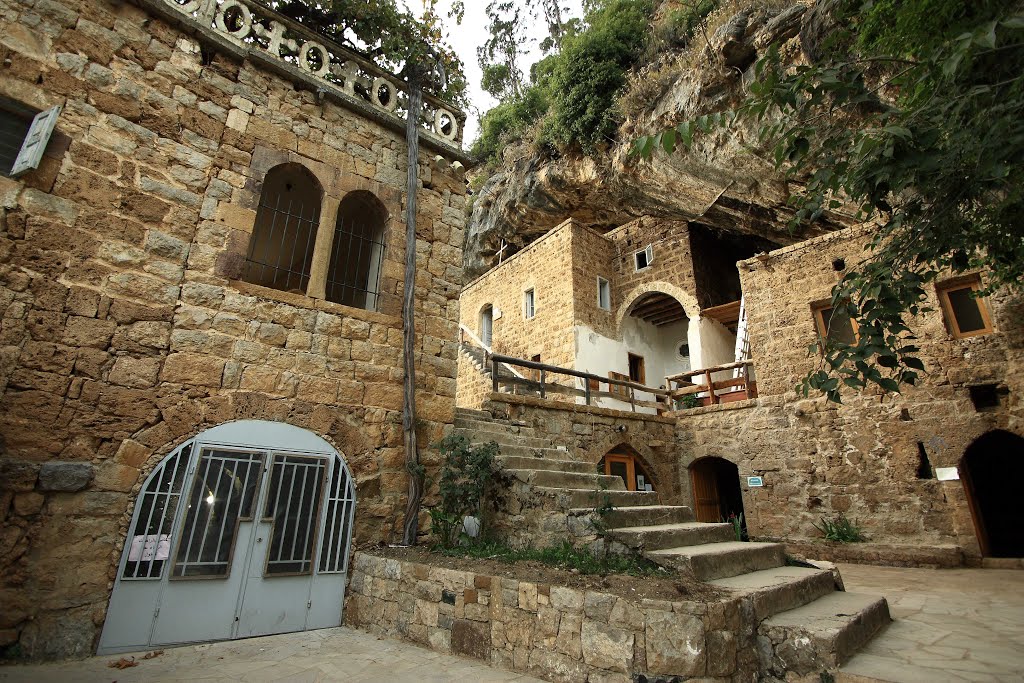
MARONITES IN THE MOUNTAINS OF LEBANON
The Catholic Maronite Church flourished in the rocky mountains under the Cedars of Lebanon and prospered in the hills and valleys of Qannoubine and Qadisha. By the 13th Century things once again became volatile for the Catholic Maronites. They were attacked in the north of Lebanon and in the Catholic Maronite villages of Ehden, Bsharre, Hadath El-Jibbe, Mayfouk and other villages.
Patriarch Daniel El Hadsheeti was killed and in 1367AD Patriarch Gabriel Hejola was burned alive. During that time many Catholic Maronites escaped to Cyprus where there was a Catholic Maronite Church. In 1440AD, to escape persecution, the Catholic Maronite Patriarchate moved from Mayfouk to Wadi Qannoubine, where it took refuge.
In 1860, under the Ottoman rule, many villages, churches, and monasteries were completely destroyed. During this time many Maronites were martyred. On July 10, 1860, the Massabki brothers: Francis, Abed El-Moati, and Raphael were martyred in Damascus. They remained steadfast in the face of persecution and refused to deny their faith. Pope Pius XI beatified them on October 1, 1926.
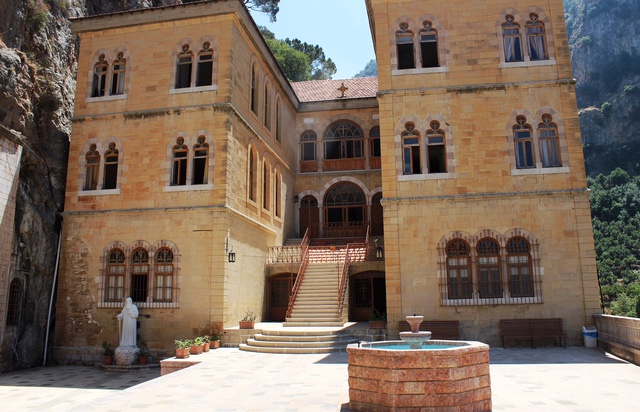
THE MARONITES OF THE EXPANSION
By 1915, Ottomon rule, famine, disease and war created a great wave of migration in particular to the Americas. Many Catholic Maronites became scattered throughout the world, which made the Church grow outside of Lebanon. The Catholic Maronite Church became international. No longer were they Maronites of the Middle East, but also American, South American, European, African and Australian Catholic Maronites.
Patriarch Daniel El Hadsheeti was killed and in 1367AD Patriarch Gabriel Hejola was burned alive. During that time many Catholic Maronites escaped to Cyprus where there was a Catholic Maronite Church. In 1440AD, to escape persecution, the Catholic Maronite Patriarchate moved from Mayfouk to Wadi Qannoubine, where it took refuge.
In 1860, under the Ottoman rule, many villages, churches, and monasteries were completely destroyed. During this time many Maronites were martyred. On July 10, 1860, the Massabki brothers: Francis, Abed El-Moati, and Raphael were martyred in Damascus. They remained steadfast in the face of persecution and refused to deny their faith. Pope Pius XI beatified them on October 1, 1926.
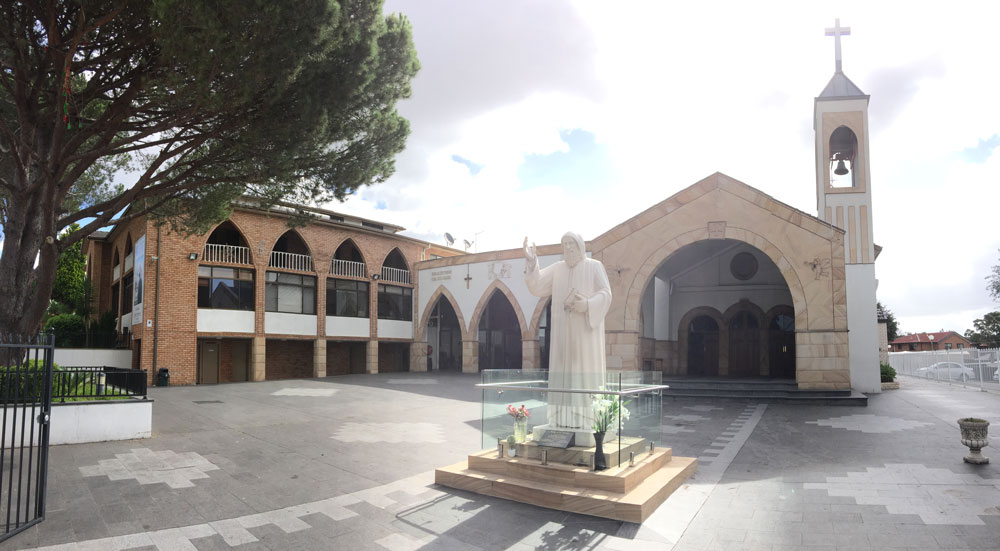
THE IMPORTANCE OF MAINTAINING OUR CATHOLIC MARONITE TRADITIONS
Our Catholic Maronite ancestors overcame great persecution to protect their Church and their faith. They remained steadfast in the face of persecution and committed to Christ and St Maroun. Their shield was prayer. Out of their experience developed a superb liturgy and many beautiful traditions.
We are called by the Universal Catholic Church to protect those traditions. In his very beautiful Apostolic letter, Orientale Lumen, Blessed Pope John Paul II declared.
“…I listen to the Churches of the East, which I know are living interpreters of the treasure of tradition they preserve. In contemplating it, before my eyes appear elements of great significance for fuller and more thorough understanding of the Christian experience…the Christian East has a unique and privileged role as the original setting where the Church was born… Tradition is the heritage of Christ’s Church…Tradition is never pure nostalgia for things or forms past, nor regret for lost privileges, but the living memory of the Bride, kept eternally youthful by the Love that dwells within her.”
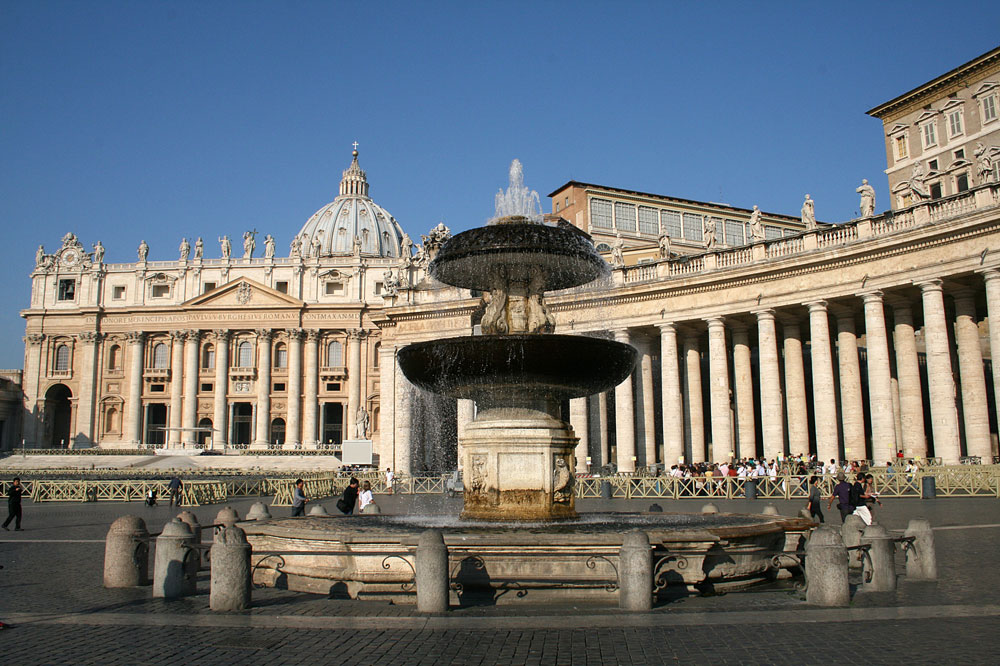
St. Maroun Portrait
